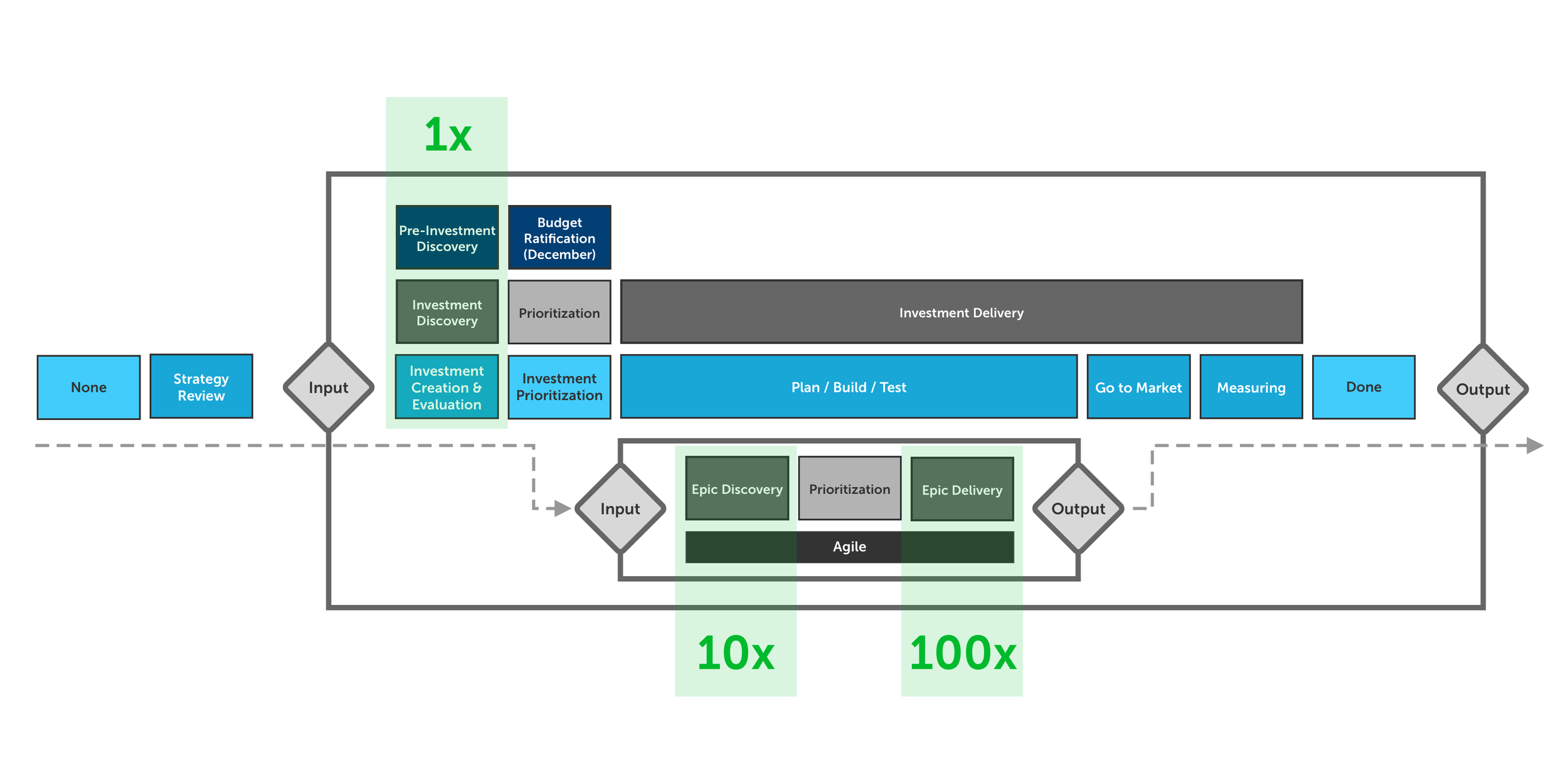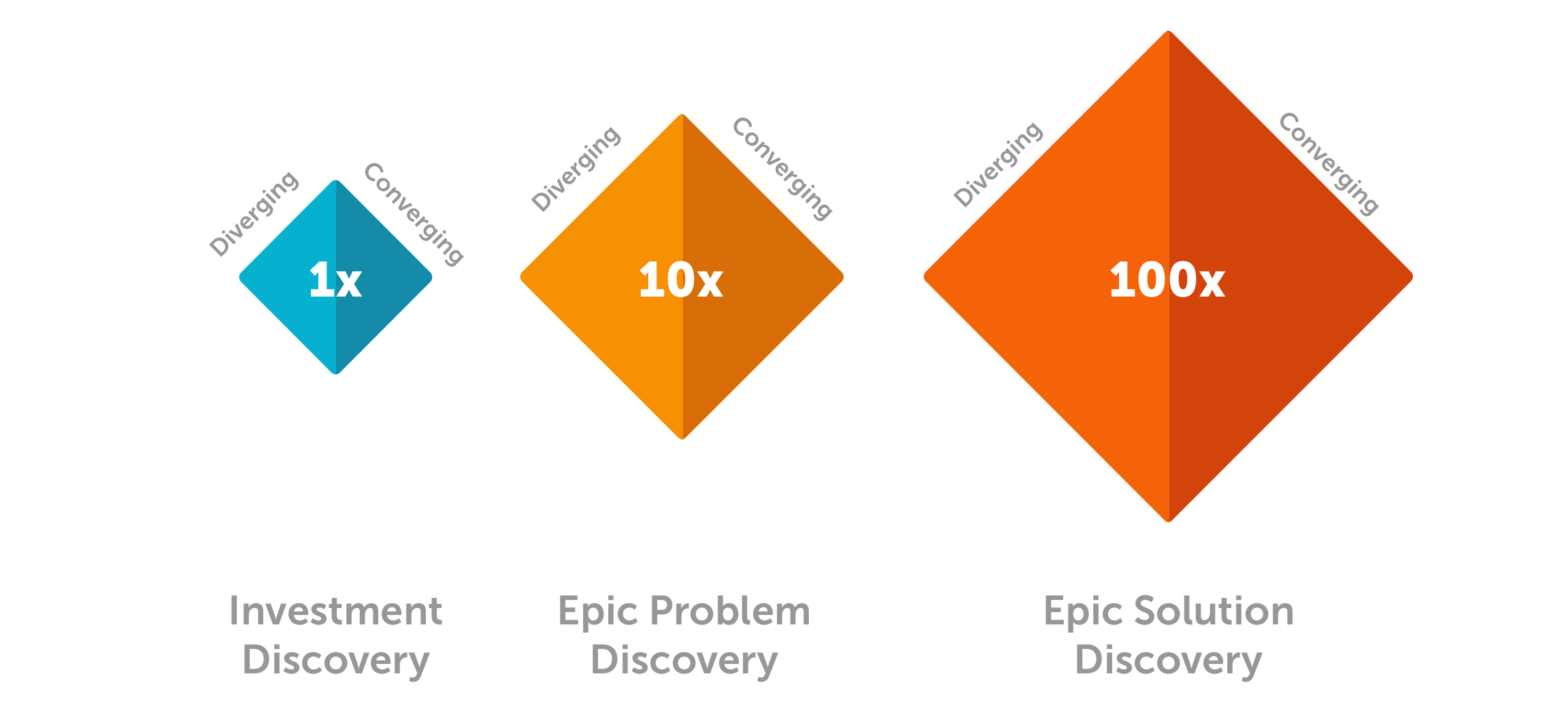
Creating a Force Multiplier
2022 • Cox Automotive • Sr Manager of User Experience, Member of the Product Lead Team
“Build tools that provide positive impacts on others, amplifies the efforts of your team, and lead you to greater success.”
Info
The Client: Cox Automotive - Dealer Operations
My Role: Sr Manager of User Experience, Member of the Product Lead Team
Timeframe: Four weeks
The Challenge
At the beginning of the year, my newly promoted AVP sought opportunities to improve organizational effectiveness. Our group had recently been formed from the merger of two larger teams. As a result, the UX team I managed doubled in size, but even with that growth, we lacked the capacity to fully support all delivery teams.
My AVP believed UX would be critical to the organization’s success, but she also recognized the reality: we needed to maximize the impact of UX without adding more headcount.
Mandate: How can we increase the value of UX across the organization without growing the team?
Approach & Workflow
Task Inventory & Analysis
Drawing from years of studying the epic lifecycle and UX’s role in agile environments, I examined how UX could best drive value. I observed that most inefficiencies stemmed from upstream issues in how investments were defined and translated into epics. Poorly structured epics created downstream waste in discovery, design, and delivery.
Rose, Bud, Thorn Workshop
I facilitated a Rose, Bud, Thorn exercise with UX and Product peers to identify opportunities and pain points. The findings highlighted:
Roses: Strong collaboration during epic delivery.
Buds: Opportunities to improve definition of epics.
Thorns: Inefficient handoffs and lack of formalized outcomes, creating costly rework downstream.
Systems Thinking
To ground the conversation, I used an idea from Donella Meadows’ book Systems Thinking. Every system has inputs, outputs, and measurable flows. For us, the goal was moving projects from concept (point A) to delivery (point B) as efficiently as possible.
The Discussion with Leadership
During our next onsite leadership session, my AVP had gathered her product lead team and members of Product Operations. Each was asked:
“How do you expect UX to ideally function, and how might we adjust to accomplish this?”
After hearing their perspectives, I presented my recommendation, using the glass walls of the conference room (since wi-fi failure prevented slides). I mapped how UX currently drove value across three systems:
Epic Delivery (UI Designers, Product Owners, Delivery Teams)
High operational cost: $1.5–$2M per team.
Waste multiplier: ~100x if aligned poorly.
Epic Discovery (UX Architects, Product Managers, Engineering Leads)
Moderate cost, but still significant.
Waste multiplier: ~10x.
Investment (Multiple epics, budgeted annually)
Historically, the least structured phase.
Significant risk of misallocated dollars and lost opportunity, but the cheapest location to identify risk before investing heavily in downstream efforts.
Waste multiplier: ~1x.
The Recommendation
Shift UX focus upstream to investment discovery
Form cross-functional discovery squads (Product, Engineering, UX) to clarify investments before they are broken into epics.
Create a backlog of investment-level discovery efforts, co-owned by AVPs of Product and Engineering.
Use UX principals and senior architects to drive this work with Product and Engineering counterparts.
Expected Outcomes
Reduce downstream rework by ensuring clearer, better-defined investments.
Align epics to strategic priorities and budgets.
Free up UX bandwidth by preventing unnecessary design/research cycles.
Reduce waste multipliers from 100x/10x down to ~1x.
The recommendation was well-received and unanimously supported by the team.
Results & Impact
Strategic Alignment
Product Operations was already planning to expand discovery practices, but only at the epic level.
Discovery practices had just become mandated across Product, Engineering, and UX reducing onboarding efforts
My proposal elevated the scope to investment-level discovery, making our department a pilot for future practices.
Measurable KPIs Introduced
Began tracking time spent per lifecycle stage and correlating improvements with upstream discovery efforts.
Added a “Cancelled” state for epics, allowing us to track dollars saved by stopping low-value work early.
Early Wins
I reassigned two UX Principals to focus on investment-level discovery for the second half of the year.
Pilots produced prioritized backlogs of investments, discussed and owned at the director level.
Engineering leaders eagerly joined, gaining visibility and influence in strategic discussions.
Cultural Shift
Investment-level discovery created shared ownership across Product, Engineering, and UX.
Key Takeaways
By shifting UX focus upstream into investment discovery, we positioned UX as a strategic partner in reducing organizational waste and maximizing budget value.
Challenge: Limited UX resources in a growing organization.
Action: Redefined UX’s role from tactical delivery to upstream strategy.
Impact: Stronger cross-functional alignment, measurable waste reduction, and a scalable model for future growth.
Although I left the company before full implementation, the approach set the stage for sustainable improvements and positioned UX as a force multiplier across the organization.
